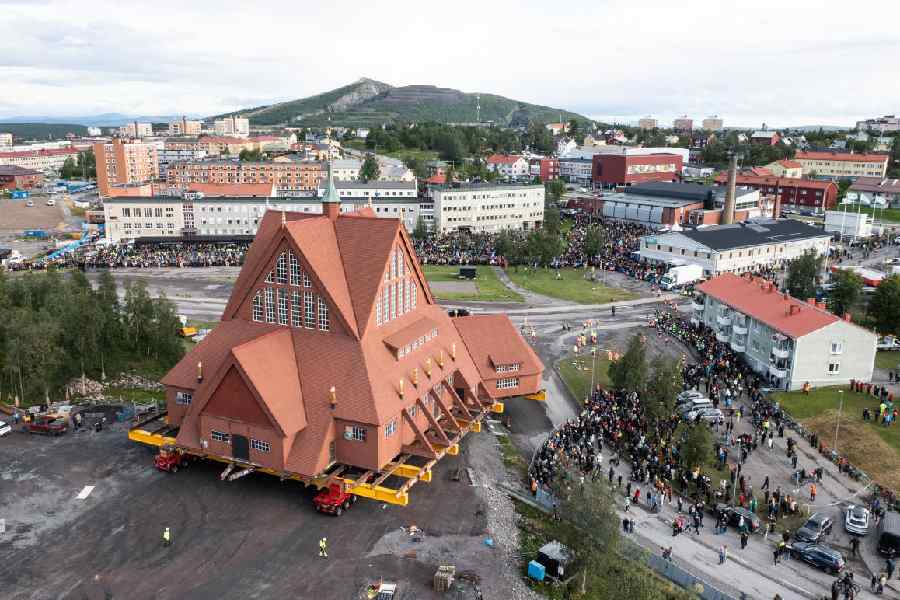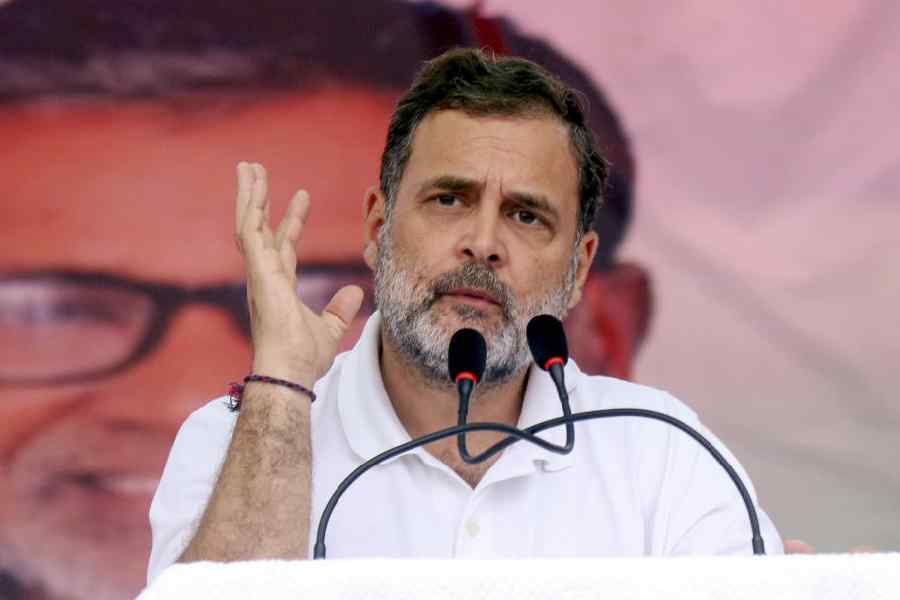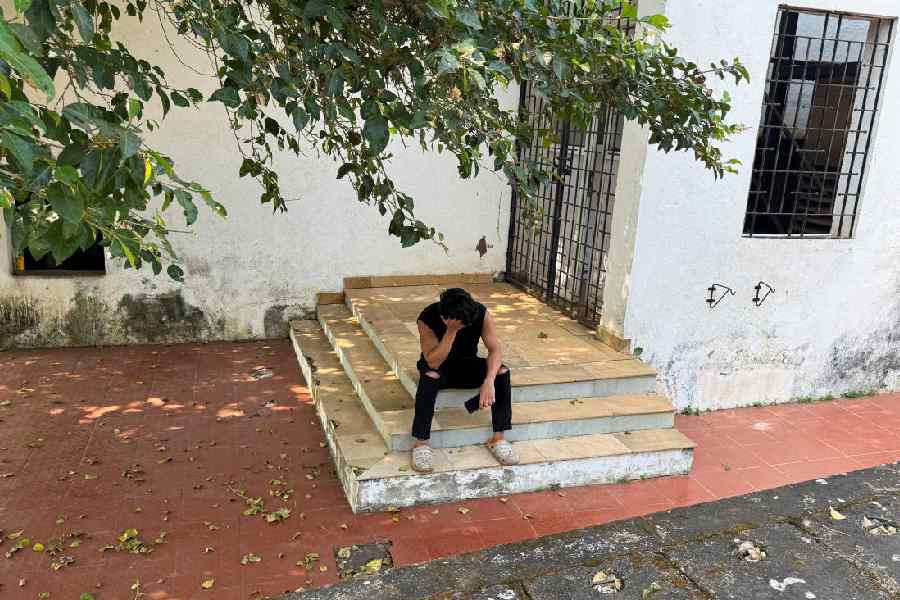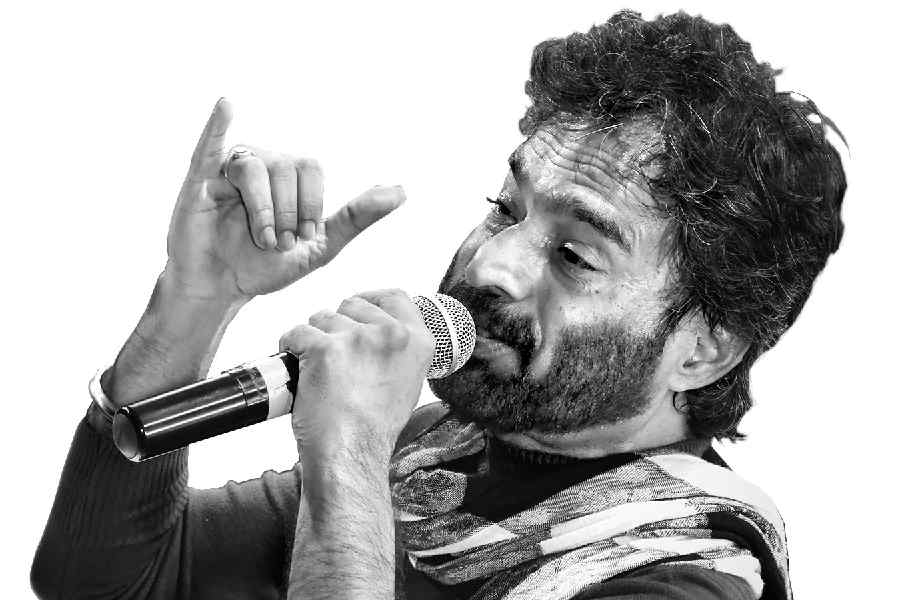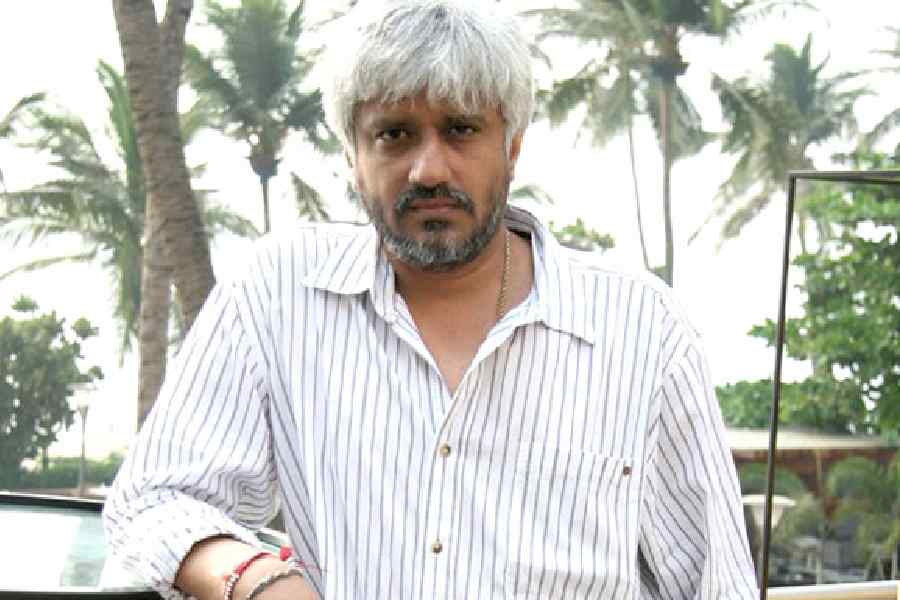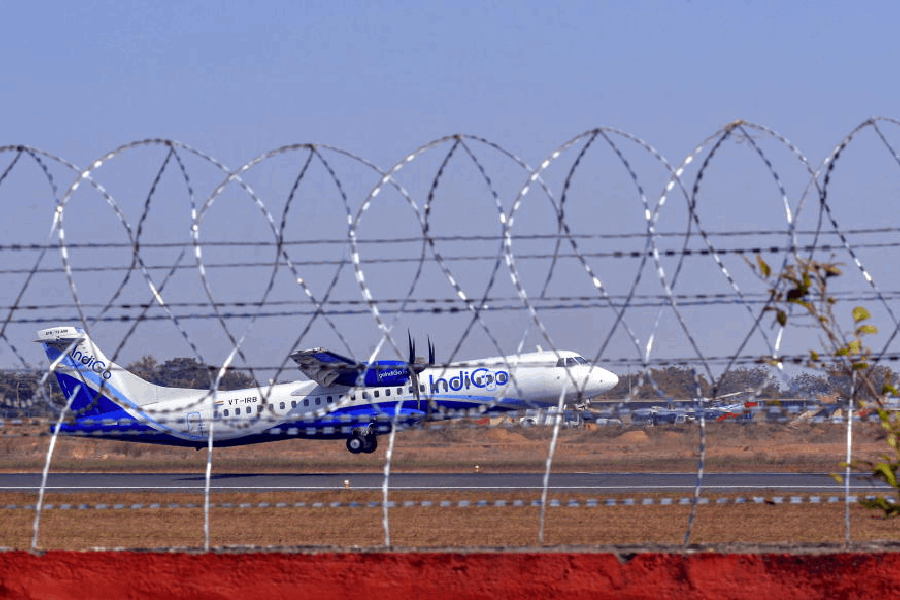The commanding wooden church, striking for its red hue and angular beauty, has drawn admirers for more than a century to a hill in Kiruna, Sweden’s northernmost city.
Soon they will be admiring it elsewhere. On Wednesday, the church was expected to arrive at its new location, 4.8km away, after trundling off on an unusual road trip.
The 113-year-old house of worship sat on unstable ground at its former site, disturbed by nearby iron mining. Through a feat of engineering, the church was placed on wheels and rolled slowly this week to its new location, an entrancing spectacle that has been broadcast live on Swedish television. Even Sweden’s king planned to swing by on Wednesday.
Residents of Kiruna have been fielding interest in the yearslong relocation of the city’s entire old centre. The city sits above the world’s largest underground iron ore mine, according to its operators, the Swedish state-owned company LKAB. About two dozen buildings have been relocated since 2004, when the mining company told local officials that the expansion of its underground operations had put Kiruna’s old town centre at risk.
Perhaps the biggest logistical challenge has been the church, Kiruna Kyrka, a protected building that is one of Sweden’s most beloved cultural institutions. The Lutheran church was initially given to the town by the same mining company, commissioned by the director for LKAB and built in 1912. The church and its separate belfry are a hot spot for visitors and a spiritual space for locals.
Moving such a delicate structure is no easy feat. After its concrete foundation was removed, the building, which weighs over 660 tons, was lifted up using a system of beams and jacks, according to one Swedish report, then put on two long wheeled trailers. Roads along its route were widened to accommodate its width of about 39.6m, and an inconveniently-located viaduct was demolished.
LKAB, which funded the relocation of the church and the entire town centre, had declined to reveal costs, but its chief executive Jan Mostrom on Tuesday told the Swedish broadcaster SVT that it totalled more than half a billion Swedish krona, or $52 million.
The church’s move has become something of a spectacle.
Crowds gathered on Tuesday morning as two church leaders, Bishop Asa Nystrom of Lulea and the Rev. Lena Tjarnberg, the parish vicar, each blessed the building. “Now we surrender the church into God’s hands,” Bishop Nystrom said, according to local media.
“It’s amazing that one can move such a large building,” Katarina Notti, a nursery schoolteacher, said to Reuters on Tuesday.
“But at the same time it feels a bit sad that it is leaving this beautiful place.”
Those interested in watching a slow-moving house of prayer trundle through the city had not needed to travel to Kiruna, though thousands did. Livestreams of the full journey were broadcast on SVT, Sweden’s public broadcaster, and the LKAB website.
The city, which inaugurated its new town centre in 2022, about 3.2km east of the old centre, has planned a multiday celebration with performances from famed acts and an expected royal visit from Sweden’s King Carl XVI Gustaf. Also on the billing is KAJ, the act which represented Sweden in this year’s Eurovision competition.
Not everyone, however, is seeing it as a celebratory event. Some of Sweden’s Indigenous Sami people have argued that the mining activity has harmed them as well, displacing their reindeer herding and encroaching on their living areas.
“The moving of the church is a symbol of which culture the state considers worth protecting — and it is not the Sami one,” Min Odda Giron, a group representing two Sami villages, said in a statement on Monday.
The church, which was closed about a year before the move, is expected to open again for visitors at the end of 2026, according to the city.
New York Times News Service

